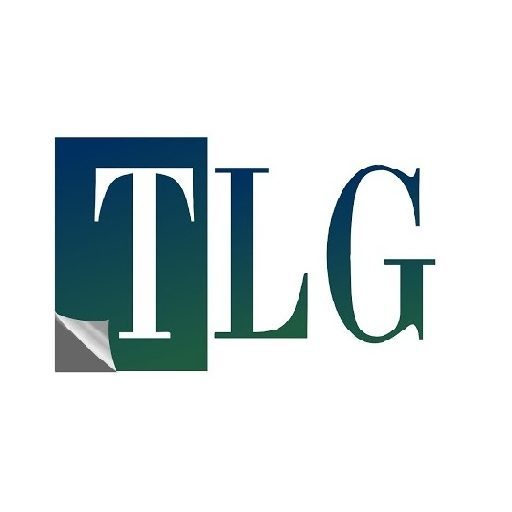The common belief that bringing together the most powerful individuals will lead to superior outcomes is often misleading. High-ranking executives and influential leaders frequently struggle to collaborate effectively, resulting in underperformance. This article explores the reasons behind this phenomenon and offers insights into how organizations can navigate the complexities of power dynamics to foster a more productive and cohesive team environment. By understanding the challenges of power in teams and implementing strategies to address them, organizations can unlock the full potential of their leadership teams.
The Nature of Power and Collaboration
Powerful individuals often achieve their status through a combination of talent, ambition, and decisiveness. However, these same traits can hinder collaboration. When placed in groups, powerful people tend to focus more on asserting their dominance rather than working towards a common goal. This behavior can lead to conflicts over status and authority, detracting from the group’s overall effectiveness.
A study conducted at the University of California revealed that teams composed of high-ranking executives reached consensus less than half the time. In contrast, teams with less powerful members achieved agreement 86% of the time. This stark difference highlights how power can complicate communication and decision-making processes.
The Role of Status Conflict
- Fighting for Position: When powerful individuals come together, they often engage in what researchers term “status conflict.” This occurs when members compete for recognition and influence within the group. As they jockey for position, valuable time is lost that could have been spent discussing ideas or making decisions. The study noted that high-power groups shared less information and were less focused on tasks compared to their lower-power counterparts.
- Communication Breakdown: Effective communication is crucial for any team’s success. However, in groups where power dynamics are at play, communication often breaks down. Powerful individuals may dominate discussions or dismiss contributions from others, leading to an environment where ideas are not freely exchanged. As a result, innovative solutions may be overlooked or ignored altogether.
The Impact on Decision-Making
The inability of powerful individuals to collaborate effectively can lead to poor decision-making outcomes. Historical examples abound in politics and corporate governance where powerful leaders failed to reach agreements on critical issues. For instance, legislative bodies often struggle to pass bills when dominated by influential figures who cannot find common ground.
Moreover, boards of directors may make disastrous decisions when composed entirely of high-ranking executives who prioritize their interests over collective goals. This tendency not only hampers organizational performance but can also damage reputations and stakeholder trust.
The Importance of Emotional Intelligence
Emotional intelligence plays a crucial role in how powerful individuals interact with one another. Leaders with high emotional intelligence can better navigate complex social dynamics and foster a collaborative environment. They are more likely to empathize with others’ perspectives and manage conflicts constructively.
Organizations should prioritize emotional intelligence training for their leaders. By enhancing their ability to recognize emotions—both their own and those of others—leaders can create a more inclusive atmosphere that encourages collaboration.
Building Trust Among Leaders
Trust is a fundamental component of effective teamwork. When powerful individuals trust one another, they are more likely to share ideas openly and engage in constructive dialogue. Building trust requires transparency, accountability, and consistent behavior over time.
To cultivate trust among leaders, organizations can implement team-building activities that emphasize cooperation rather than competition. These initiatives can help break down barriers and foster relationships based on mutual respect.
Strategies for Improvement
Organizations must recognize the challenges posed by power dynamics and implement strategies to foster collaboration among powerful individuals:
- Encourage Diverse Teams: Mixing powerful individuals with those from different backgrounds or levels can help balance dynamics and promote more equitable participation.
- Facilitate Open Communication: Establishing clear channels for communication can help ensure that all voices are heard. Encouraging feedback and active listening can mitigate the effects of status conflict.
- Set Clear Goals: Defining specific objectives for collaborative efforts can help keep discussions focused and productive, reducing distractions caused by power struggles.
- Utilize Mediators: In high-stakes situations, bringing in neutral third parties or facilitators can help manage discussions and keep participants aligned with group goals.
Conclusion
The notion that more power leads to better collaboration is a misconception that can have significant repercussions for organizations. Understanding the dynamics at play when powerful individuals work together is essential for fostering effective teamwork. By recognizing the pitfalls associated with status conflict and implementing strategies to mitigate these issues, organizations can enhance collaboration among their leaders.
As noted in research findings, interaction among the powerful is vulnerable to conflict and miscommunication that undermines their collective performance. By addressing these challenges head-on, businesses can harness the strengths of their most influential members while ensuring that collaboration yields positive results.




